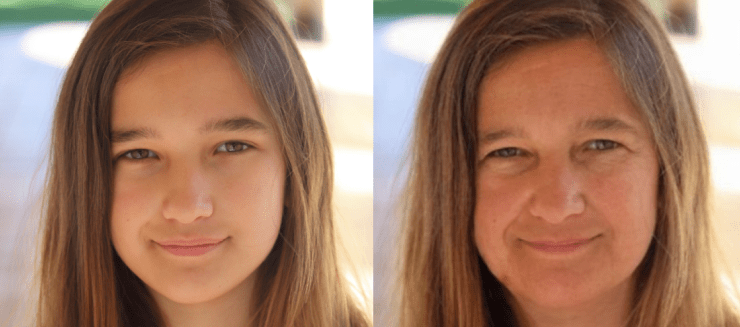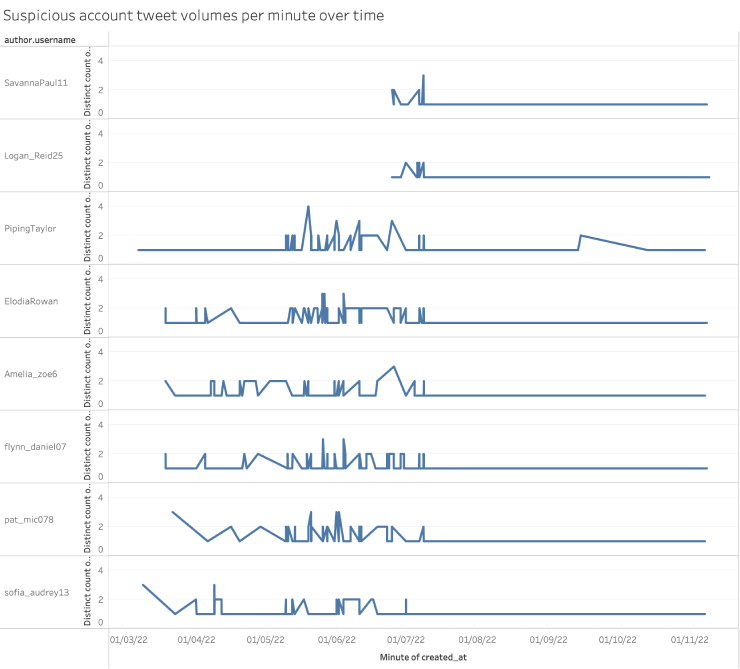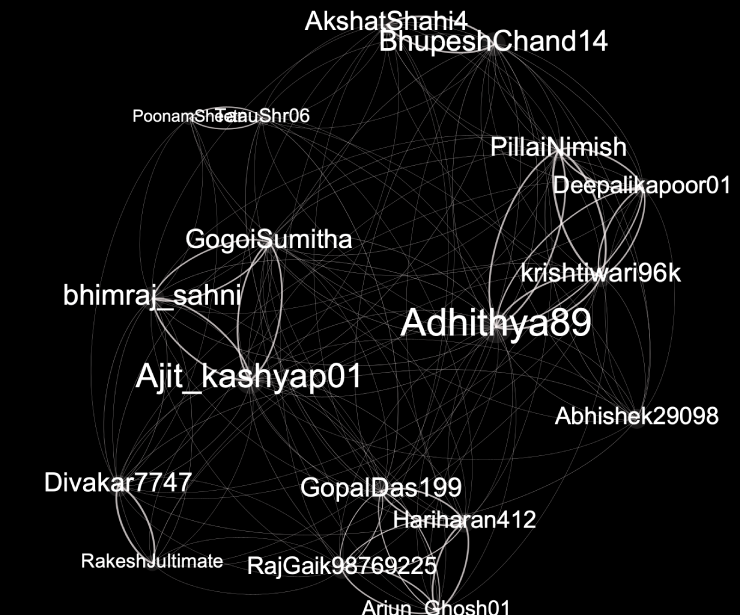
A network of Twitter accounts are trolling critics of fossil-fuel giant Adani while also promoting pro-Adani and fossil-fuel content.
Crikey has found more than 25 accounts that appear to be part of a digital “astroturfing” operation — an attempt to fake grassroots support on social media for a cause.
At first glance, they appear to belong to ordinary people tweeting about a range of interests including celebrities, sport, space and travel. However, each one also regularly tweets specific, pointed attacks at individuals and media outlets that have criticised Adani, and amplified positive news about it or its founder, Gautam Adani. And experts who’ve looked at the tweets suggest there is some coordination.
Neither Adani nor Twitter (which reportedly does not have a communications department any more) responded to a request for comment.
Adani critics hit by online abuse
Ben Pennings is a Queensland activist being sued by Adani over claims that he had trespassed, intimidated and breached contract while campaigning against its Carmichael coalmine.
Pennings said he’s seen a wave of online harassment and abuse since Adani filed suit against him, including death threats — which he pursued with Queensland Police — but were generally a low level of consistent criticism.
“There’s been a lot of what seems like fake accounts with fake names posting generic anti-me comments,” he said.
After appearing on The Project earlier this month, Penning’s daughter Isabella noticed the show’s Twitter account had been bombarded with posts criticising his activism.
These accounts — which accused The Project of “whitewashing pennings [sic] and his criminal activities” and Pennings of “trying to brand himself as a messiah who … has been harassing a legally run company” — had qualities that suggested they were not authentic.
Their profile pictures had been used elsewhere on the internet, suggesting they had been repurposed. They were created this year, followed only a small number of accounts, and had little or no followers. They also followed a similar pattern of tweeting and even had similar account naming conventions: they typically used an Anglo Saxon first name, last name, followed by a number.
One example is @pat_mic078. The account, created in March 2022, uses a smiling image of US Supreme Court Judge Neil Gorsuch as its profile picture. In between retweets of Elizabeth, Elon Musk and tweets that appear to copy the text and image of Barack Obama’s tweets (like one congratulating his daughter on her birthday), @pat_mic078 has also tweeted at anti-Adani group Stop Adani, Crikey founder Stephen Mayne, the Bob Brown Foundation and Pennings.
Other tweets from these accounts accused the Australian mining lobby of funding anti-Adani campaigns so they can take over their mines, defended the Modi government and made the case for Adani’s Australian rebrand to Bravus.
Additionally, the accounts had also liked and retweeted similar tweets from other users including Nationals Senator Matt Canavan linking Adani’s Carmichael mine opening to the Great Barrier Reef’s increasing amount of coral and energy analyst Tim Buckley praising Adani. From here, Crikey was also able to discover more than 20 other similar accounts also amplifying these tweets.
The network effect
Australian Strategy Policy Institute analyst Albert Zhang told Crikey there was reason to believe there was coordination between the accounts. He also said significant steps had been taken to try to create convincing online personas.
“@Amelia_zoe6’s profile photo appears to be an aged (possibly using AI) photo of a young girl with brown hair,” he said in an email.

Queensland University of Technology senior lecturer Dr Timothy Graham agreed there was evidence of coordination. He identified two distinct groups: one using Western names and the other that appears to be based in India.
His analysis shows that the Western group was created about the same time and posts at the same times. “I’d say they’re either controlled by one person, or they’re using some kind of scheduling software,” he said in an email.

The Indian accounts also had tell-tale signs of coordination, Graham said. They were active at the same time and promoted similar messages.
“These accounts cheer for Adani and appear to be anti-BJP — they show support for the Aam Aadmi Party (AAP) and the Congress Party, although some of them are critical of Rahul Gandhi (Congress Party) who they argue is spreading rumours and propaganda about Adani,” he said.
Each of them at tweeted a similar message — a birthday message to Indian cricket player Virat Kohli — posted at the first second of five-minute intervals, suggesting they’d been scheduled. The accounts had also regularly completed similar actions within a short time. On average, pairs of accounts both retweeted the same tweet within a minute 79 times, according to Graham’s analysis.

“They’re coordinating their activity, as measured by what is now the gold standard in the field,” he said.








Exactly the level of PR one would expect from Adani.
We all know the Adani family have financed themselves out of this project by borrowing a ton of money from a bank based in Laos.
The twitter pile on will be the CCP defending their interests.
Where are we up to with Adani? I thought that despite bribing half our politicians they were struggling to line up all the ducks.
Michael, we delayed them for a decade, but they are now shipping thermal coal from the Galilee Basin. 🙁
Thanks.
Adani aka Bravus is shipping thermal coal, however, they have only got permission and water approval for a small mine.
I suspect that Tanya Plibersek will be more thorough than Sussan Ley.
Without water they can’t get much bigger than the original plan.
And then there is a third la nina with a predicted increase cyclone activity…
Time is on our side………..
Stranded asset coming on..
One would assume that Adani did not conduct the actual social media activity a PR or marketing entity did, but which entity?
A few years ago in a parallel universe The Guardian reported (6 March ’19) ‘Revealed: Glencore bankrolled covert campaign to prop up coal. The mining company engaged Sir Lynton Crosby’s firm to push anti-renewables message and counter anti-coal activists‘
Says something about the dexterity of Anglo right wing pollsters wandering into PR promoting issues and talking points of the right, and also evaluating the same for political &/or commercial clients?
Crosby’s firm was also implicated in fomenting racial disharmony in South Africa, by suggesting that any opposition to the Gupta’s mines in SA was from rich white settlers.
Classic, until the matter ended up in court in the UK, ha ha ha.
I recall that, but how easy is it for media et al. to be astroturfed into ignoring how political &/or corporate right media works in lockstep with think tanks, talking points, pollsters, influencers et al.? Yet, Crosby has been on the record stating in the UK ‘ignore polls’ which suggests they are neither valid nor reliable, but useful for promoting or squashing policies?
If this is the level of ethical practice used by Adani (I assume the evidence is correct) then why are they being allowed to operate in Australia, and what the hell are they going to be like once they get further emmeshed in our politics? I suggest that protesters get some knee pads for when the baseball bats come out.
Is this surprising under the new Twitter administration ?